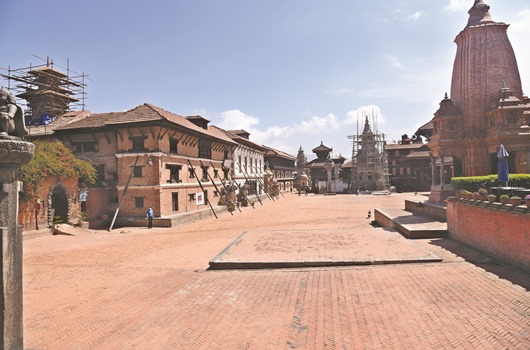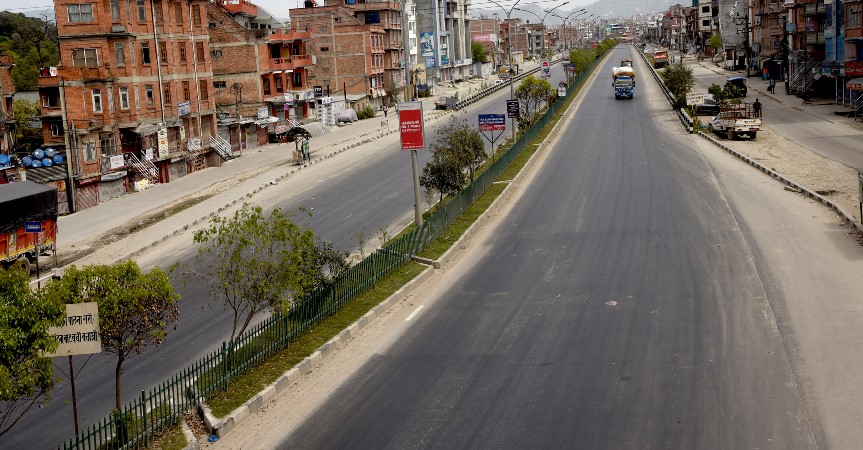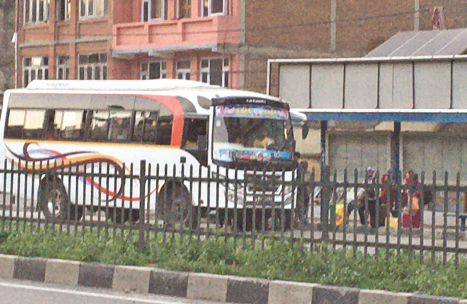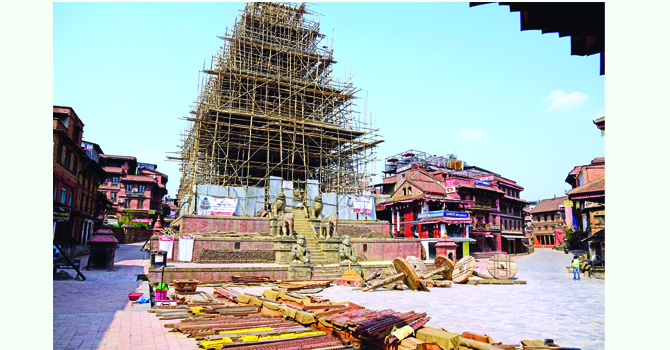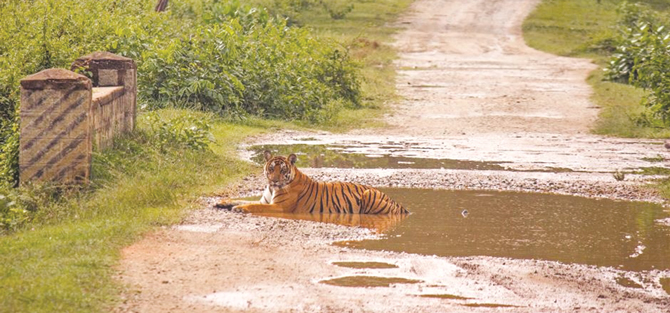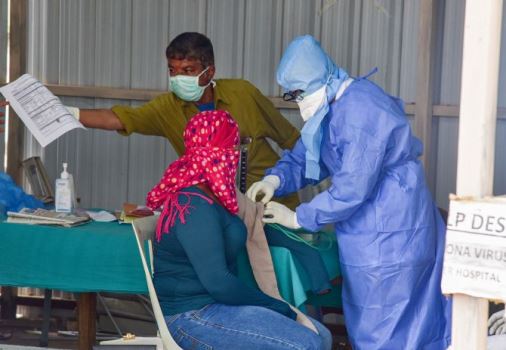Burning crop residues poses risk to life, climate: Study

By Indira Aryal
Kathmandu, Aug. 7: Farmers in many parts of the country set fire to cultivated fields to clear weeds and waste before planting a new crop, but experts have warned that the practice is highly unsustainable as it produces a large amount of pollutant black carbon particles and impairs fertility of the soil.
Open burning of agricultural remnants is a major source of air pollution which is poorly characterised in South Asia, mostly in Nepal. It is practised in many countries, especially during the harvesting season, said environmentalist Bhupendra Das.
Many farmers are well aware of the consequences of open burning but lack the tools and know-how to adopt alternative practices. These “no burn” methods have the potential to cut black carbon emissions by half, experts said.
Crop residue is the fourth-largest fuel after coal, oil and natural gas, Das said. Half of the global population (mostly in developing countries) uses it for space heating and cooking. In Asia, intensive agricultural straw open burning is prevalent during the dry season, contributing to air pollution.
Burning of crop residue not only releases known air pollutants (NOX, SO2, CO, NMVOC, NH3) but also greenhouse gases (CO2, CH4, N2O) and particulate matter (PM10, PM2.5, BC, OC). Unlike many industrial point sources, the impact of residue burning can be widespread.
Bhupendra Das (Environmental Specialist) and his team (Prof Dr Rejina M. Byanju, TU; Dr Prakash V. Bhave, North Carolina State University, USA; Dr. Siva Praveen Puppala, ICIMOD; Kiran Shakya, ICIMOD; Bijaya Maharjan, NEEDS) conducted a research entitled ‘A model-ready emission inventory for crop residue open burning in the context of Nepal’.
This is the first-ever study nationally to develop a very robust emission inventory for open burning of residue for Nepal. It highlights the number of pollutants being emitted from the open burning of agricultural residues per square kilometre for the country.
The research was conducted from 2003 to 2017 and published internationally on Tuesday.
The study presents the air pollutants profile resulting from crop residue open burning for 2016/17 and projected between 2003/04 and 2016/17 for Nepal.
The research suggested that if open burning is not controlled, it can lead to reduced atmospheric visibility, deteriorated air quality, increase in asthma attacks among children, increase in an economic loss of a country, trigger severe health impacts like respiratory and cardiovascular disease, allergies and premature deaths in addition to the adverse impact on climate.
Potential air pollution mitigating options from agricultural residue open burning include raising livestock by local farmers, adopting modified combined harvesters, alternative energy production and using raw materials for industries like mushroom cultivation, paper production and brick kilns.
Reaper harvesting technology can also be deployed to collect the remaining residue from the field. For commercial farming, combine-harvesters can be fitted with residue spreaders to distribute loose crop residue uniformly to plant wheat through happy seeder technology.
Around 54 per cent of the total emissions occur in April and zero from July to September. This is to be noted and should be considered by policymakers for better air quality management.
Recent News

Do not make expressions casting dout on election: EC
14 Apr, 2022
CM Bhatta says may New Year 2079 BS inspire positive thinking
14 Apr, 2022
Three new cases, 44 recoveries in 24 hours
14 Apr, 2022
689 climbers of 84 teams so far acquire permits for climbing various peaks this spring season
14 Apr, 2022
How the rising cost of living crisis is impacting Nepal
14 Apr, 2022
US military confirms an interstellar meteor collided with Earth
14 Apr, 2022
Valneva Covid vaccine approved for use in UK
14 Apr, 2022
Chair Prachanda highlights need of unity among Maoist, Communist forces
14 Apr, 2022
Ranbir Kapoor and Alia Bhatt: Bollywood toasts star couple on wedding
14 Apr, 2022
President Bhandari confers decorations (Photo Feature)
14 Apr, 2022




